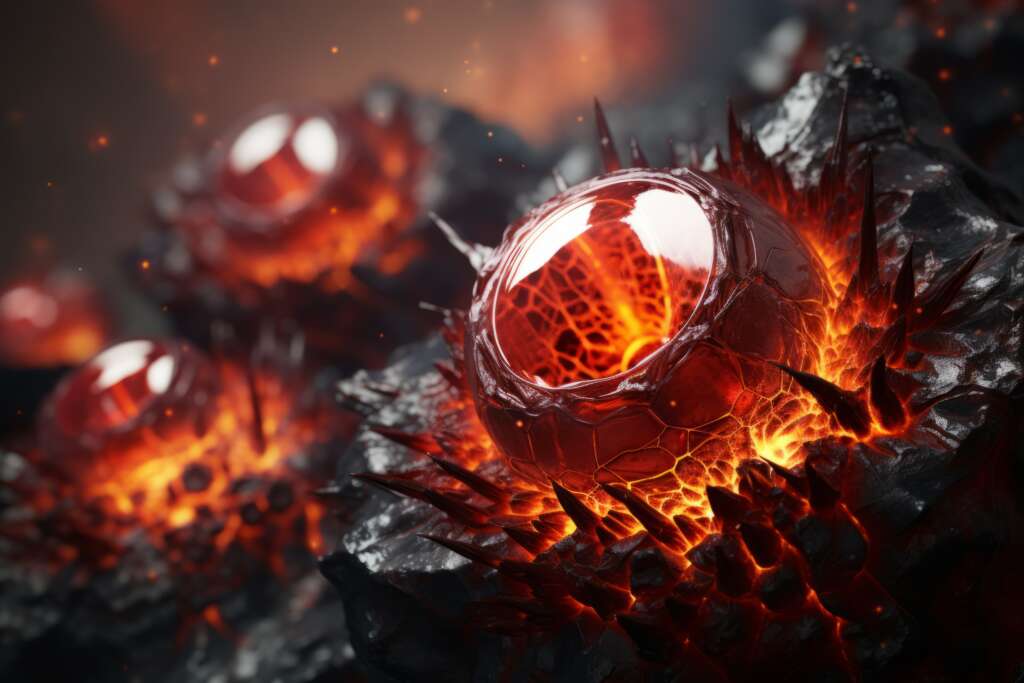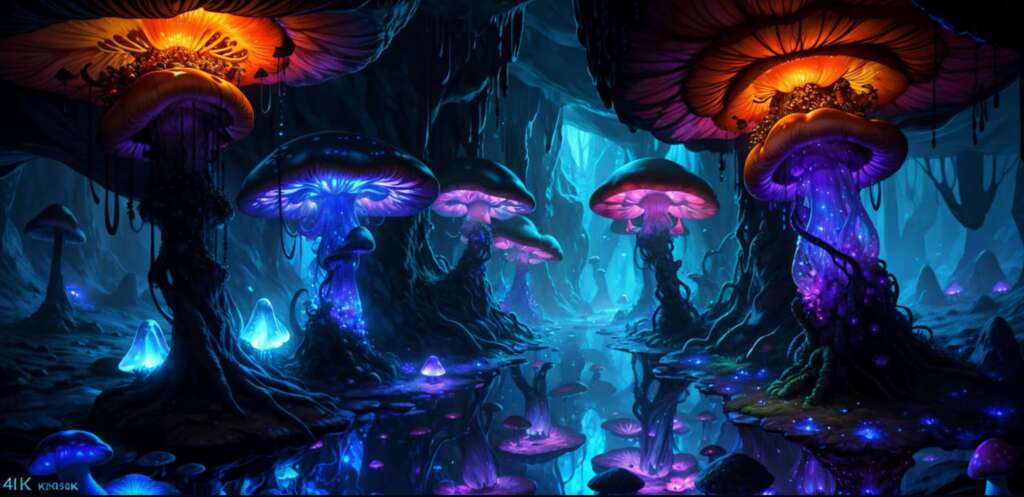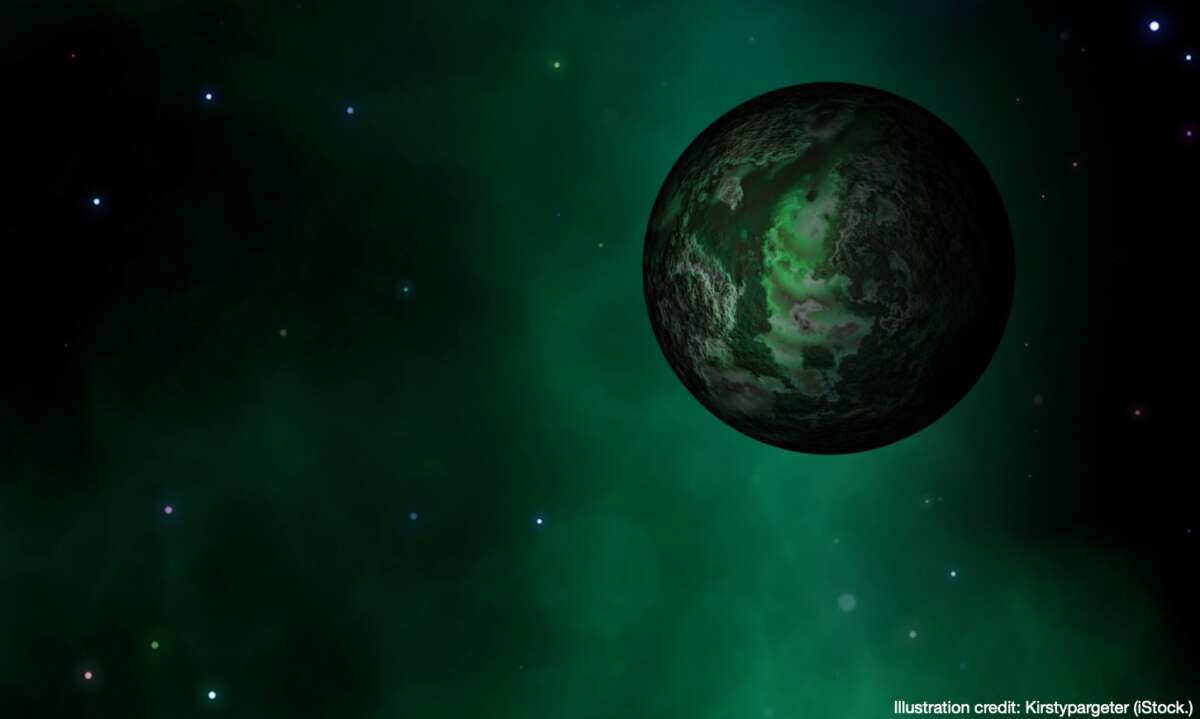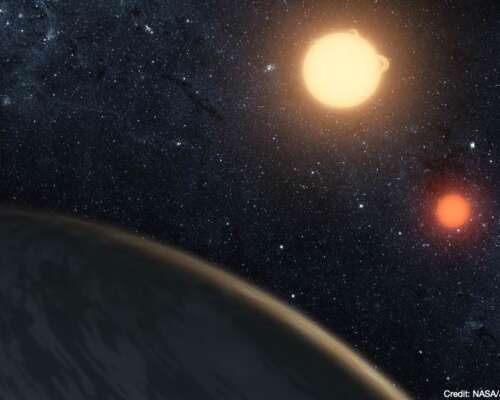For the purpose of this post, we’ll focus on PSO J318.5−22, some eighty light years away from Earth.
One of the most fascinating phenomena in our galaxy are rogue planets. Picture them as silently traveling through space with no sun, likely no atmosphere, no life, perhaps no moons as well, though there could be exceptions. Imagine standing on the surface of a rogue planet in a space suit, with no bright sun, moon or even an atmosphere to break the sheer darkness of space or to diminish the myriad of stars you would see Just you. Most rogue planets are dark if they can be visually observed at all because there is no light from a neighboring star to reflect. However, we’re beginning to believe that cold, dark planets with surfaces as barren as our moon might actually be teeming with life deep inside the planet if the planet has magma or some other source of geothermal or radioactive heat. At the moment, there are seventy confirmed rogue planets hurtling through space. In this post, I’ll present the topic of rogue planets as well as a hypothetical on whether life on a rogue planet can exist. For the sake of this post, I’ll focus on silicon-based life. I’ve already outlined the notion of silicon-based life in very general terms here, but perhaps we can go a bit deeper on the topic of silicon as it might apply to life. This is a post that I’ve looked forward to working on for quite some time.
In the beginning

Planets begin from bits of dust and matter. The conventional explanation of the beginning of planetary systems like ours was that gas was thrown out from the sun, which then “coalesced” into planets. We know now that the round shape of planets is due to the effects of gravity pulling all dust and cosmic debris to the proto-planetary core equally. Asteroids were once thought to be remnants of an earlier planet which “exploded” or disintergrated, perhaps existing between the orbit of the planets Mars and Jupiter where they are found in abundance. But now, scientists believe that these irregular-shaped mountain-sized rocks can be planets in their own right if other criteria are met. Absent sufficient gravity, a proto-planet can not acquire a spherical shape. Rogue planets which have been discovered in this century were thought to have been ripped away from their own systems and flung into deep space, but now astronomers believe that in some instances, a planet can form on its own in the absence of a star.
All things being equal, planets with a robust atmosphere help the planet trap heat. However, a rogue planet without a neighboring star will see whatever atmosphere it might have once enjoyed freeze and eventually collapse. But:
“[t]here’s at least one exception. An extremely dense hydrogen atmosphere could resist freezing and potentially trap heat. It could trap enough heat to keep surface water from freezing. We don’t know if there are any rocky planets with hydrogen atmospheres, and if there are they’re exceedingly rare. But experiments show that at least some organisms can live in a hydrogen atmosphere.
The surface of a rogue planet might be more hospitable if the planet had a moon revolving around it. In that case, the tug of the moon’s gravity might generate heat on the planet if the moon’s mass were great enough. And if not, perhaps it would be the moon of the rogue planet that heats up and becomes the better of the two locations for life (in our solar system, Jupiter’s pull heats up its moon Europa. Between the gas giant Jupiter and Europa, it is Europa that is the better of the two candidates for life.)

While silicon-based life would likely not be as common or preferable as carbon-based life in our galaxy, the hot, mostly molten interior of a geologically active planet would seem to be particularly suited for silicon-based life.”
Then there is the problem of light. Without access to a star, plant life on a rogue planet could not enjoy photosynthesis, a process needed for flora as far as Earth is concerned. Yet,
“If a rogue planet is near the galactic core, and the galaxy has an active galactic nucleus (AGN) then it’s theoretically possible that it receives enough light for photosynthesis to take place. According to [Manasvi] Lingam [assistant professor of Aerospace, Physics, and Space Sciences at Florida Tech], there’s enough energy to support photosynthesis less than about 1,000 light-years from an AGN.”
What do we mean by carbon-based life?
Carbon is an element that occurs in all organic compounds. There are high concentrations of carbon in coal and petroleum. Diamonds and graphite are made of pure carbon. Examples of organic compounds include DNA, lipids, hormones, proteins, sugar and starch. Carbon binds with oxygen, hydrogen and nitrogen elements as well.
Without carbon, there would not be any CO2 (carbon dioxide) which means that plant life on the Earth would die and the oceans would freeze. And we, as people, would not survive either without proteins, sugars, lipids, etc. made possible by carbon as well. Yet, carbon that exists on the Earth’s crust accounts for only 0.025 percent of all elements (Oxygen is the most common at 47%.)
What do we mean by silicon-based life?
While silicon-based life would likely not be as common or preferable as carbon-based life in our galaxy, the hot, mostly molten interior of a geologically active planet would seem to be particularly suited for silicon-based life.

For example, the photo on the right suggests several of the same lifeforms that appear to be rooted in a lattice much as crystals are on Earth. There is no way of knowing if they can move at all, but then living things need not be able to move (e.g., trees on our planet.) This raises the question of how these life forms might be classified (i.e., animal, vegetable or mineral.) One text describes the requirements of an organism to be classified as “living” (though in exotic, alien environments with their own evolutionary processes, there may be fundamental differences than in our experiences.) As the text reads:
“All living organisms share several key characteristics or functions: order, sensitivity or response to the environment, reproduction, adaptation, growth and development, homeostasis, energy processing, and evolution. When viewed together, these characteristics serve to define life.”
In the illustration above, there appears to be a sense of order, even if only in the similar resemblance of each organism. Reproduction might easily occur in any number of ways. Adaptation might be somewhat restrictive given the unusual metabolism of the life form and the requirement for heat and likely great pressure as well. Growth and development can be easily imagined. Homeostasis would require constant contact with the environment. Evolution might follow the same tenets (e.g., natural selection) as on earth.
Yet, not every source sees these processes to be possible among silicon-life forms because silicon bonds are not nearly as stable as carbon bonds:
“Due to the weak nature of silicon bonds, silicon-based life would be primitive and simple. The complex structures of the organic forms we see on earth would be lacking — instead we would see a blob or a clump of silicon compounds. It is also highly unlikely that these life forms would be able to reproduce, given their fragility. The presence of intelligence like that of humans is even more doubtful.”

While life on Earth is carbon-based, it is possible for silicon-based life to exist elsewhere in our solar system, yet alone the galaxy.
“The reason silicon is often projected as a possible element for the basis of life is because it shares several of the same traits and behaviors as carbon. Silicon sits immediately below carbon in Group 14 on the periodic table. This means that silicon has four valence electrons just like carbon, but it also has a larger density. It can attach itself with oxygen, nitrogen, and carbon creating somewhat lengthy molecular chains. . .
Silicon is relatively abundant on earth as well with approximately 87 % of the earth’s crust being silicon oxide compounds. Silicon compounds can even stand up to intense heat and cold temperatures where carbon compounds would break apart. This makes the idea of silicon-based life seem very likely within the solar system. Although it is plentiful on earth, the chances of it producing life here under the earth’s environment and temperatures are not ideal.”
Jacob, D. T. (2016). There is no Silicon-based Life in the Solar System. Silicon, 8, 175-176.
In face, some scientists wondered whether Saturn’s moon Titan might not have silicon-based life.
“Titan is the largest moon orbiting Saturn and is extremely cold (∼ 94K). This moon has been thought by scientists to possibly be the best chance for harboring silicon-based life. Titan is radically different from the earth and that would appear to be an improvement when trying to cultivate silicon-based life-forms. Titan does have water but it is frozen solid. This is more hospitable for silicon compounds, other than silicon oxide, which normally separate in the presence of liquids like water due to weak bond strength. There is also no oxygen in the atmosphere, which keeps silicon from reacting instantaneously with any oxygen present in air. Ethane and methane are plentiful all over the surface of Titan and methane just happens to be a good solvent for silicon. If there were to be silicon-based life somewhere in the immediate solar system, it would appear to be on Titan.“
Jacob, D. T. (2016). There is no Silicon-based Life in the Solar System. Silicon, 8, 175-176.
So, scientists today have reached the conclusion that in the absence of carbon on a planet, silicon may very well be useful for sustaining life. However, when carbon and silicon co-exist on a planet, then carbon is more likely to be “selected” as the preferred element.





